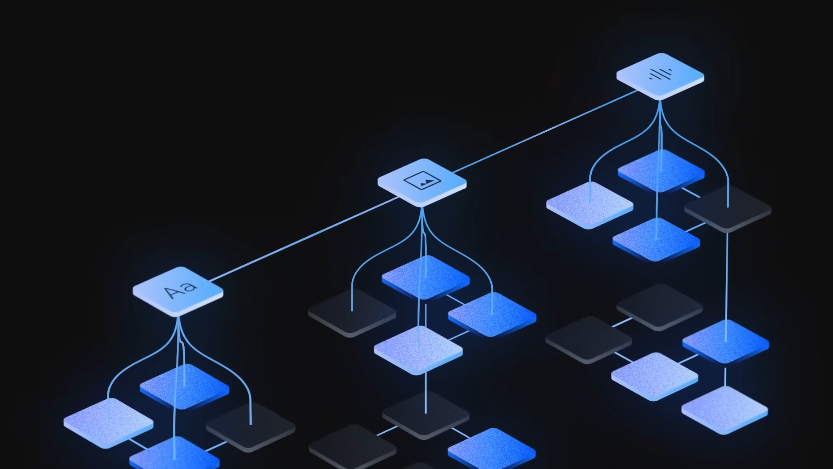 AI
AI
 AI
AI
 AI
AI
Google LLC today introduced a new artificial intelligence tool designed to help researchers study scientific phenomena more efficiently.
The company describes the tool as an AI co-scientist. It’s powered by Gemini 2.0, the latest iteration of Google’s flagship large language model family. The LLMs in the series can process multimodal data and have a tool use feature, which allows them to perform actions in external systems such as databases.
Researchers interact with Google’s AI co-scientist through a chatbot interface. The user specifies a goal, such as finding new clinical applications for an existing medicine, and the tool suggests potential ways of realizing that goal. The software generates a multi-paragraph research plan and finds academic papers with data relevant to the project.
Users can customize the co-scientist’s output in various ways. Instead of simply providing a research goal, a scientist could enter a proposal for reaching that goal and ask the AI to review the idea. Additionally, users can provide feedback on the co-scientist’s initial prompt response to help it make improvements.
“Beyond standard literature review, summarization and ‘deep research’ tools, the AI co-scientist system is intended to uncover new, original knowledge and to formulate demonstrably novel research hypotheses and proposals,” Google researchers Juraj Gottweis and Vivek Natarajan wrote in a blog post.
Under the hood, the AI co-scientist is powered by more than a half-dozen AI agents. Those are machine learning programs that can perform actions with a high degree of autonomy. Each one carries out a different subset of the tasks involved in generating a research plan.
The first agent, dubbed Generation, analyzes the scientific phenomenon the user wishes to study and generates several hypotheses that attempt to explain it. A second agent called Ranking then refines those hypotheses with the help of several auxiliary AI agents.
One of the auxiliary agents, Proximity, removes duplicate research ideas. Another reviews the remaining research proposals with the help of publicly available scientific data. There’s also a third agent, dubbed Evolution, that can simplify the AI co-scientist’s output to make it easier to understand.
The system uses an approach called test-time compute to generate hypotheses. The technique makes it possible to increase the quality of an AI model’s output by boosting the amount of time and infrastructure it invests in generating prompt responses. Besides the Gemini 2.0 LLM series on which the co-scientist is based, test-time compute is also supported by several competing models, including OpenAI’s o1.
The agents the co-scientist uses to perform research are coordinated by a supervisor agent. According to Google, one of its responsibilities is collecting statistics about the computations involved in processing a user prompt. Those statistics help the co-scientist determine when it should end processing and display its prompt response.
To test the co-scientist’s capabilities, Google asked a group of scientists to present the system with 15 research goals. The participants determined that the AI’s responses “have higher potential for novelty and impact” than the output of competing models.
Google is also applying its Gemini models to other complex, domain-specific tasks. Last May, the search giant introduced Med-Gemini, a version of the LLM series fine-tuned on healthcare data. The models in the lineup can analyze x-rays and answer clinical questions using information from academic papers.
Support our mission to keep content open and free by engaging with theCUBE community. Join theCUBE’s Alumni Trust Network, where technology leaders connect, share intelligence and create opportunities.
Founded by tech visionaries John Furrier and Dave Vellante, SiliconANGLE Media has built a dynamic ecosystem of industry-leading digital media brands that reach 15+ million elite tech professionals. Our new proprietary theCUBE AI Video Cloud is breaking ground in audience interaction, leveraging theCUBEai.com neural network to help technology companies make data-driven decisions and stay at the forefront of industry conversations.